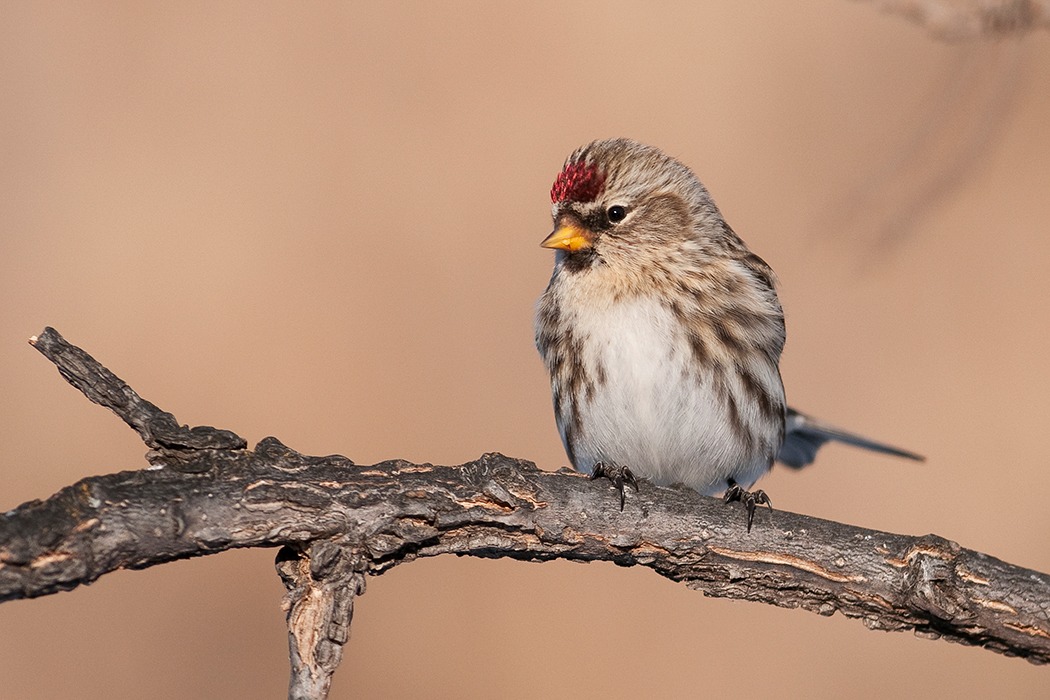The rapidly changing climate is the threat that creates the most uncertainty about the future of bird populations in Canada. A 2019 study predicted that two-thirds of North America’s birds will be seriously affected by our changing climate, with Canadian Arctic and Boreal birds being the most vulnerable.
One example of how the changing climate affects birds relates to timing of life-cycle events. For the many long-distance migratory birds that rely on the early summer pulse of insects to feed their young, warmer temperatures promote earlier emergence of insects, creating “mis-matches” with the birds’ migration timing. Less food often means fewer healthy offspring.
Protecting bird habitat while tackling other threats to birds will give birds the best possible chance of withstanding the impacts of the climate crisis. At the same time, we also need to drastically cut our greenhouse gas emissions as quickly as possible.
Five ways you can be part of the solution:

Photo: Moriah Tanguay
1. Reduce, conserve, and offset your carbon emissions by cutting down your energy use at home and work, choosing energy efficient vehicles, or taking your bike to work or your favourite birding patch!

Photo: Pete Davidson
2. Support nature-based solutions to the climate crisis such as the conservation of habitats that serve as carbon sinks (e.g., grasslands, tropical forests, wetlands, and estuaries).

Photo: Jody Allair
3. Learn about the recommendations provided by the Green Budget Coalition.

Photo: Graham Sorenson
4. Participate in our volunteer bird monitoring programs. Long-term datasets acquired through programs like eBird Canada, Project NestWatch, Beached Bird Surveys, Breeding Bird Atlases, and the Important Bird and Biodiversity Areas Program are invaluable for understanding changes in species distribution patterns.



